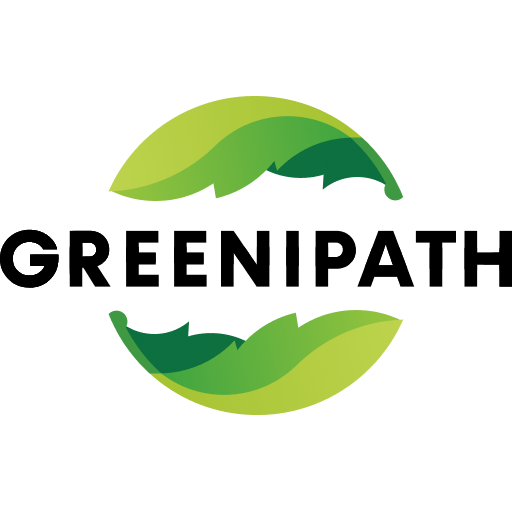-
Icon List Item
-
Icon List Item
-
Icon List Item
- Congo
Project Snapshot
Real Climate Action Improving Real Live
5,67 Mio. tons
CO2 Reduction per year
74.000 hectare
Rainforest prevented from destruction
8.200 Students
Received education through 9 new school buildings built in the area.
Verified. Trusted. Backed by the UN.
To ensure that every credit protects the planet, this project is certified by Verra’s Verified Carbon Standard, one of the world’s leading carbon registries, recognized by the United Nations.
Impact Beyond Sustainability
This project goes further than sustainability and also supports the following Sustainable Developement Goals:
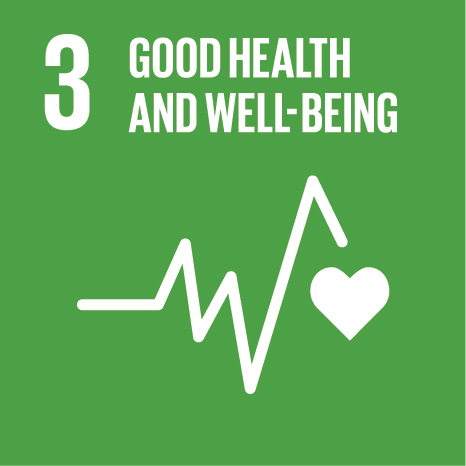
Ensures healthy lives and well-being for all ages.
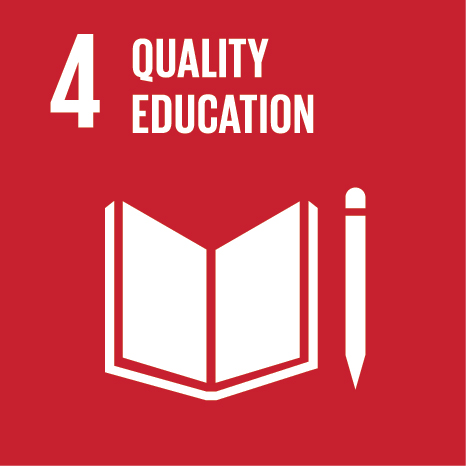
Provides inclusive and quality education for everyone.
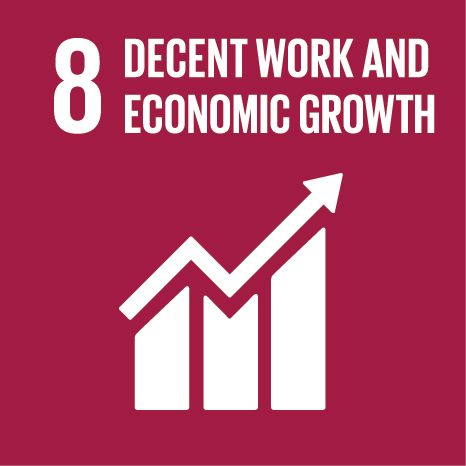
Creates jobs and drives sustainable economic growth.
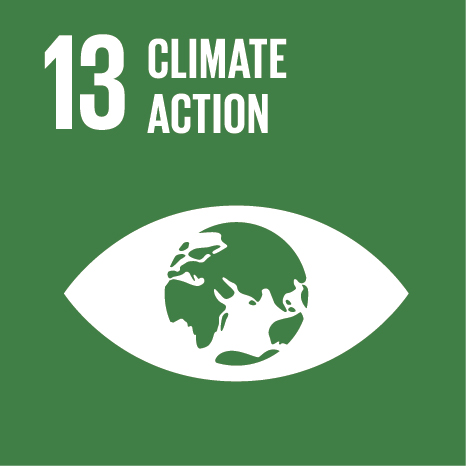
Combats climate change and its effects.
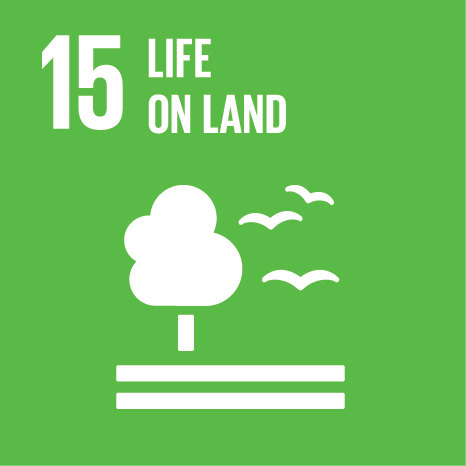
Safeguards ecosystems, forests, and biodiversity.
A forest on the brink
In the early 2010s, nearly 300,000 hectares of rainforest around Lake Mai Ndombe—part of the Congo Basin, the world’s second-largest rainforest—were marked for logging and conversion. Families depended on timber, charcoal and slash-and-burn farming to survive, but these practices came at a heavy cost.
Without protection, ancient forests, wetlands and critical habitat for bonobos, pangolins and forest elephants would disappear. Deforestation would add millions of tonnes of CO₂ to the atmosphere. Local communities, already facing poverty, limited healthcare and poor access to schools, risked losing both their environment and their future.
A new model for forest protection
Launched in 2011 and developed by Wildlife Works, the Mai Ndombe REDD+ Project is designed to stop this deforestation at its source. Instead of cutting down trees, local communities now earn revenue by keeping them standing.
The project protects 299,640 hectares of tropical forest by:
– preventing industrial logging (91 concessions suspended to date),
– providing sustainable fuelwood through agroforestry (1.29 million acacia seedlings planted),
– supporting farmers with Payments for Environmental Services (over 3,700 smallholders signed),
– and reinvesting carbon revenues directly into community development.
Funds from Verified Carbon Units (VCS934) finance new schools, mobile health clinics, wells, and training programmes. Governance is participatory, with local development committees ensuring communities have a voice. The project is independently certified under the Verified Carbon Standard (VCS) and Climate, Community & Biodiversity (CCB) Gold, confirming both climate integrity and socio-economic impact.
Demonstrated results with wide reach
Climate benefits
Mai Ndombe prevents the release of about 5.67 million tonnes of CO₂e each year. Independent assessments estimate an average of ~3.5 million tonnes annually. By 2022, the project had already avoided 41.23 million tonnes of emissions, and over its 30-year crediting period (2011–2041), it aims to keep more than 175 million tonnes out of the atmosphere, equivalent to taking millions of cars off the road.
Biodiversity and ecosystem protection
The project safeguards one of the most critical habitats in the Congo Basin. Regular monitoring has recorded populations of endangered bonobos (20 individuals counted in 2020) and forest elephants (30 observed), with numbers increasing thanks to patrols and logging suspensions. Pangolins and other threatened species also benefit from this protection. In total, 74,000 hectares of pristine rainforest have been spared from destruction.
Community health and education
Carbon revenues fund mobile medical clinics, which have provided care to more than 16,000 people, including during measles and rubella outbreaks. Nine new school buildings have been constructed across seven villages, and at least 10 schools are operating, providing education to over 5,000 students, with a commitment to build 28 in total. Healthcare and education are improving where they were once scarce.
Jobs and livelihoods
The project employs hundreds of people locally: over 112 according to independent reports, and more than 380 according to Earthly. Training in sustainable agriculture and forestry builds long-term skills. Farmers are supported through Payment for Environmental Services contracts; by 2017, 3,772 smallholders, including over 1,100 women, were receiving payments for reforestation and land management. Agroforestry nurseries expand sustainable fuelwood options, reducing pressure on primary forests.
Why it matters
For Congolese families, the project means access to schools, healthcare and stable incomes.
For farmers, it means being paid to protect their land and plant trees.
For wildlife, it means critical rainforest habitat remains intact.
For the climate, it means one of the largest tropical REDD+ projects in Africa is preventing tens of millions of tonnes of emissions.
Every avoided hectare of deforestation is a safeguard for species, a carbon sink preserved, and a community strengthened.
How you can help
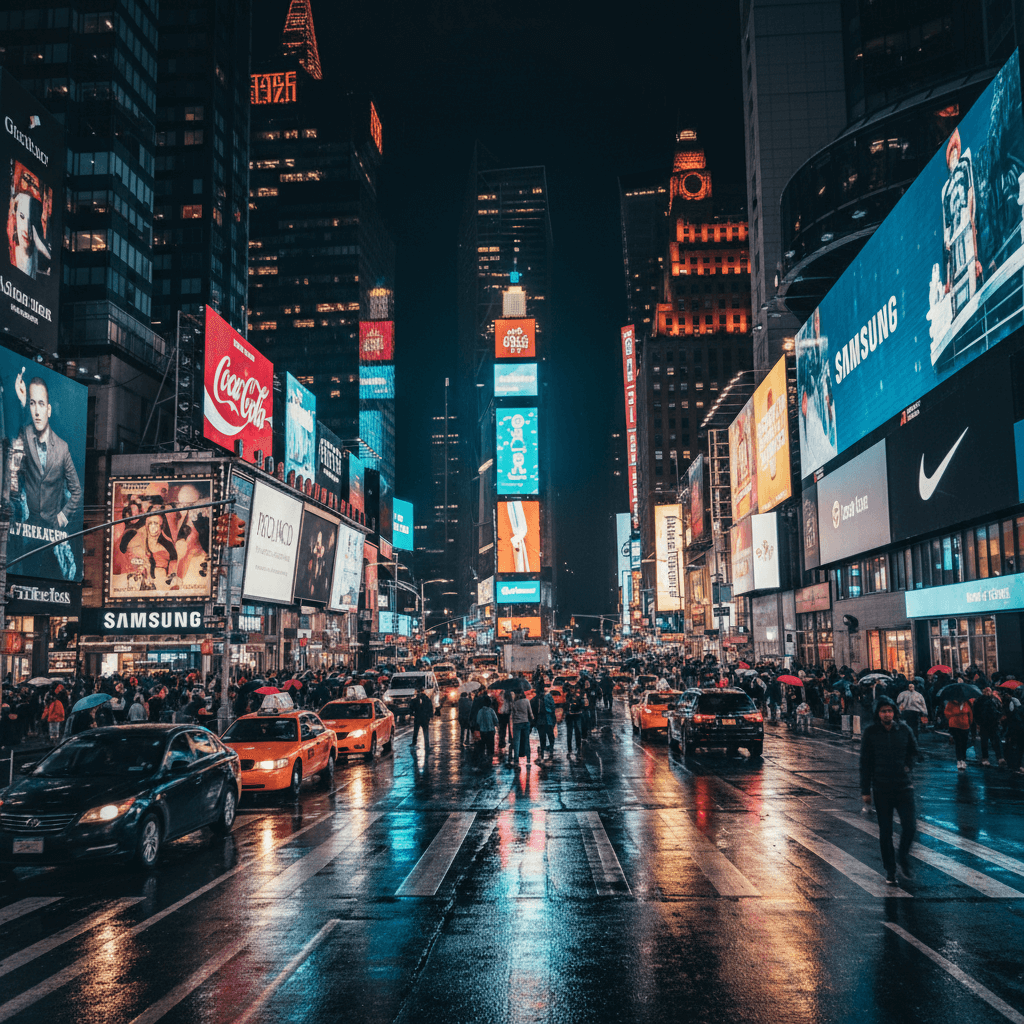
For Brands
Support projects like this by implementing the Puriphy Widget

For People
Start funding projects like this one with Puriphy
Want to dive deeper into this Project?
Project timeline and certification
– Area: ≈299,640 hectares of rainforest and wetlands
– Developer: Wildlife Works
– Project start: 14 March 2011
– Registration date: 6 April 2020
– Crediting period: 2011–2041 (30 years)
– Standards: Verra Verified Carbon Standard (VCS934), Climate, Community & Biodiversity (CCB) Gold
Advancing the UN Sustainable Development Goals
Mai Ndombe REDD+ contributes to a wide range of SDGs, including:
– SDG 3 – Good Health & Well-Being: mobile clinics serving >16,000 people.
– SDG 4 – Quality Education: 10 schools built, 5,000+ students educated.
– SDG 8 – Decent Work & Economic Growth: 380+ jobs created and training provided.
– SDG 15 – Life on Land: protection of bonobos, pangolins and forest elephants.
Additional contributions: No Poverty, Zero Hunger, Gender Equality, Clean Water & Sanitation, Affordable Clean Energy, Reduced Inequalities, Climate Action and Partnerships.



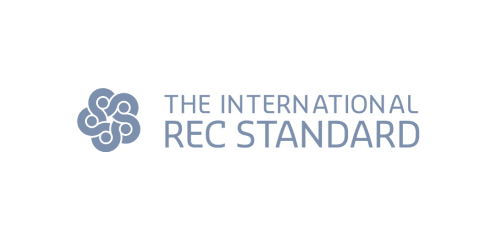
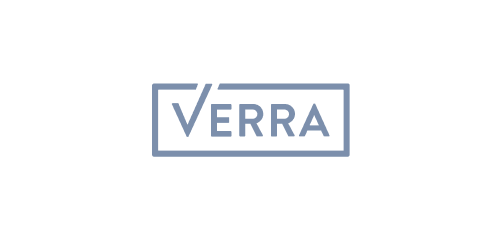


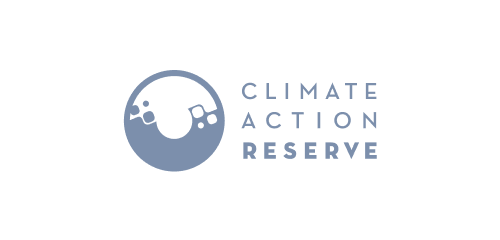








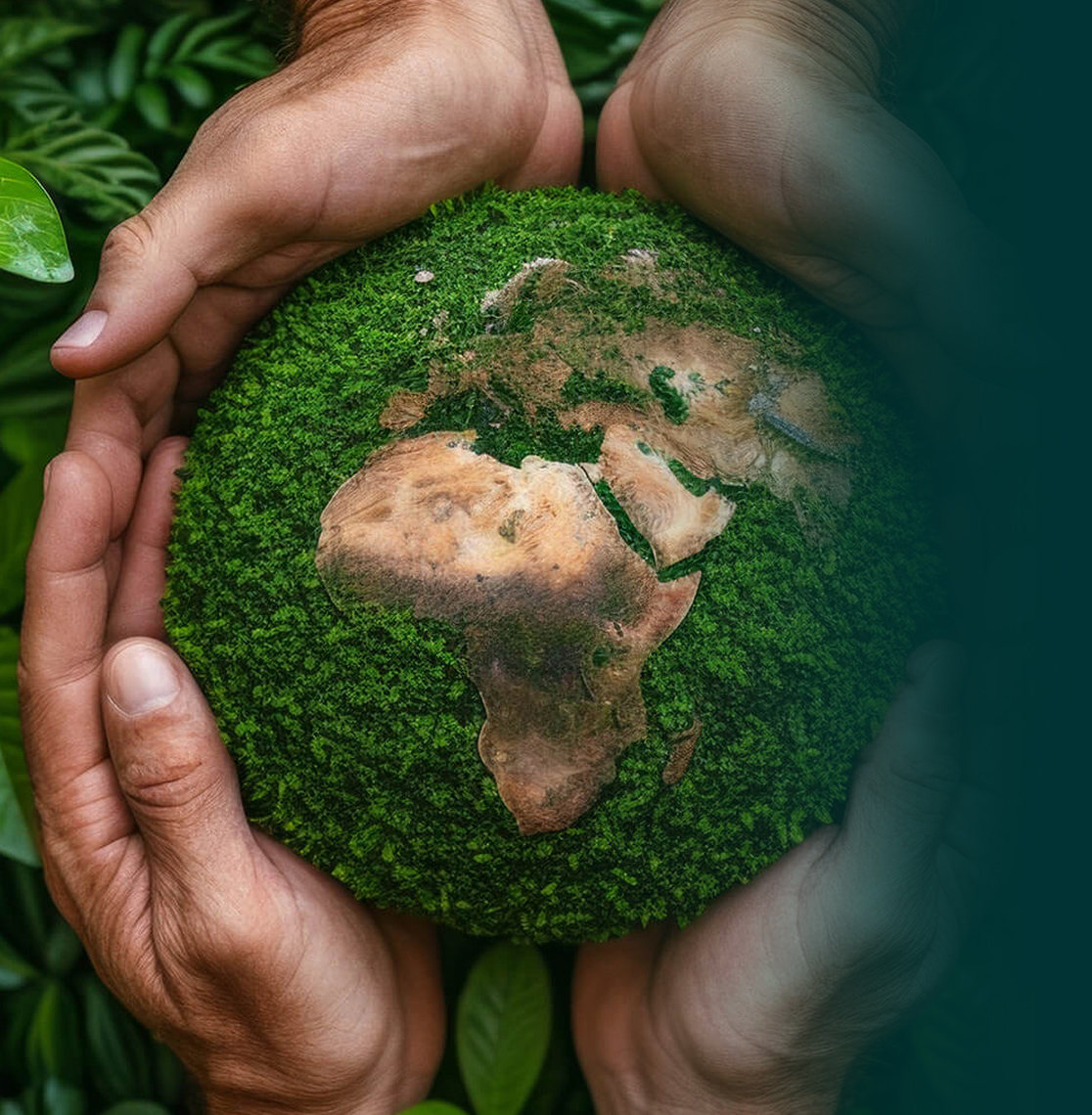
Be an Early Partner and Enjoy Lifetime Benefits
Join now and secure free access to our platform forever. Early partners get lifetime collaboration at zero cost, priority support, and exclusive access to new features as we grow together.

